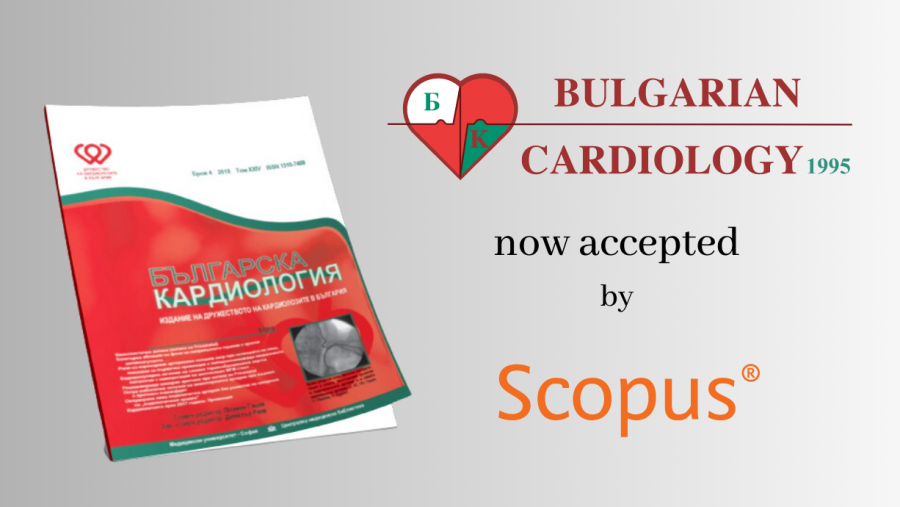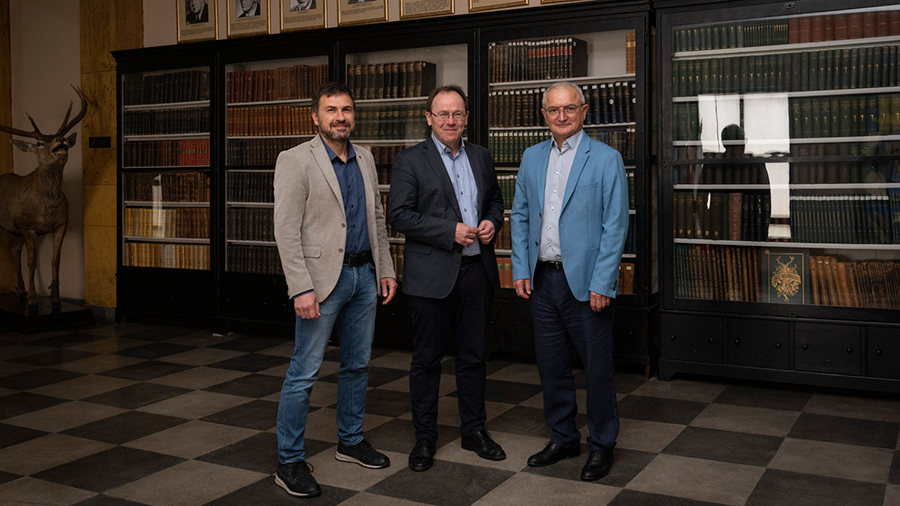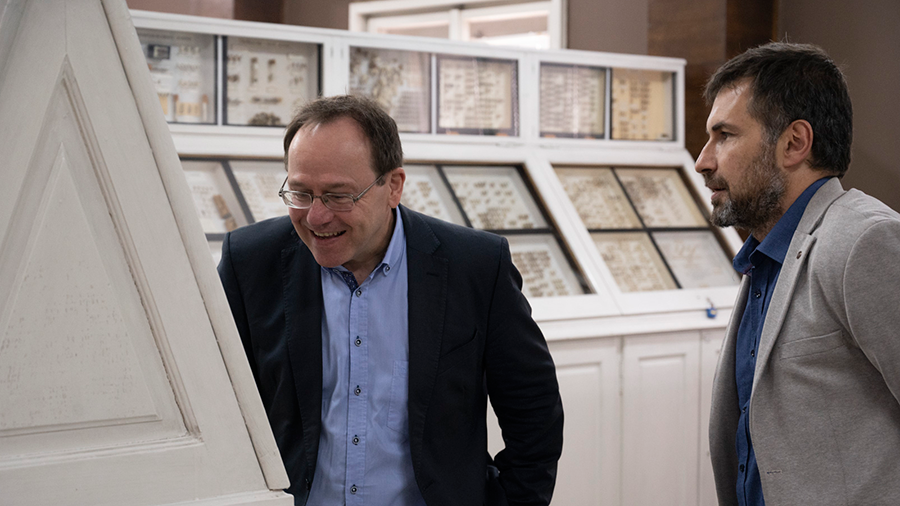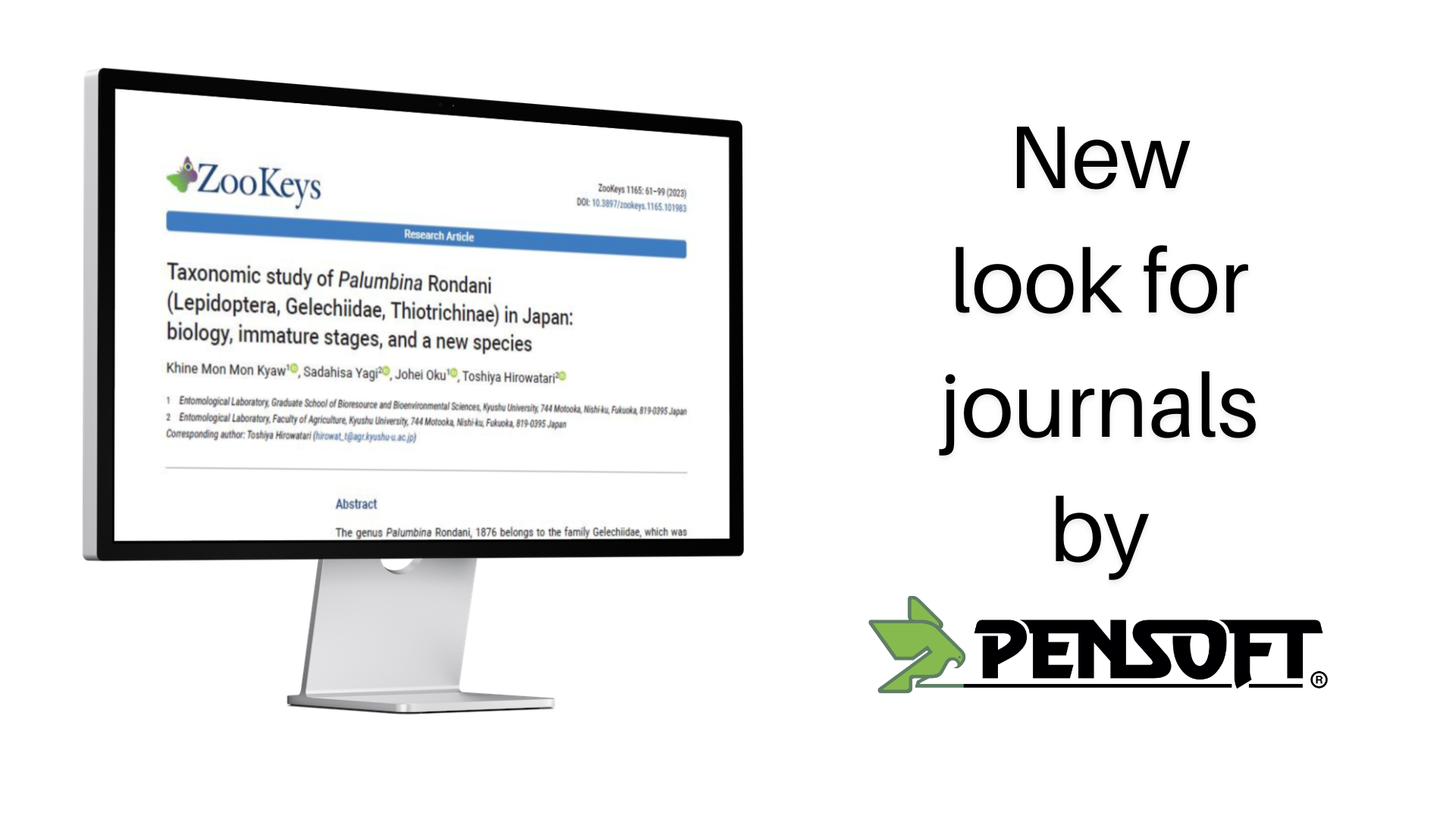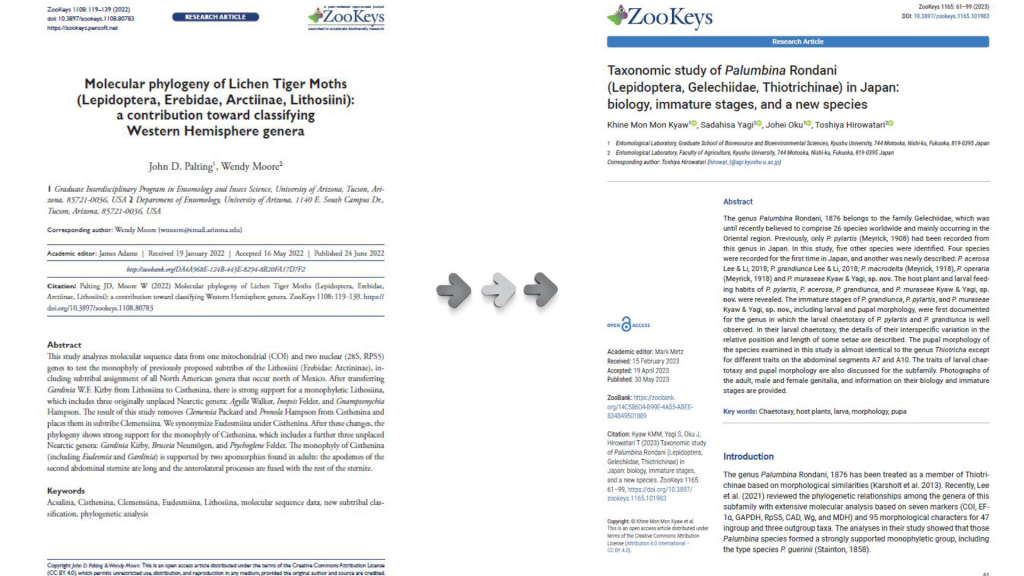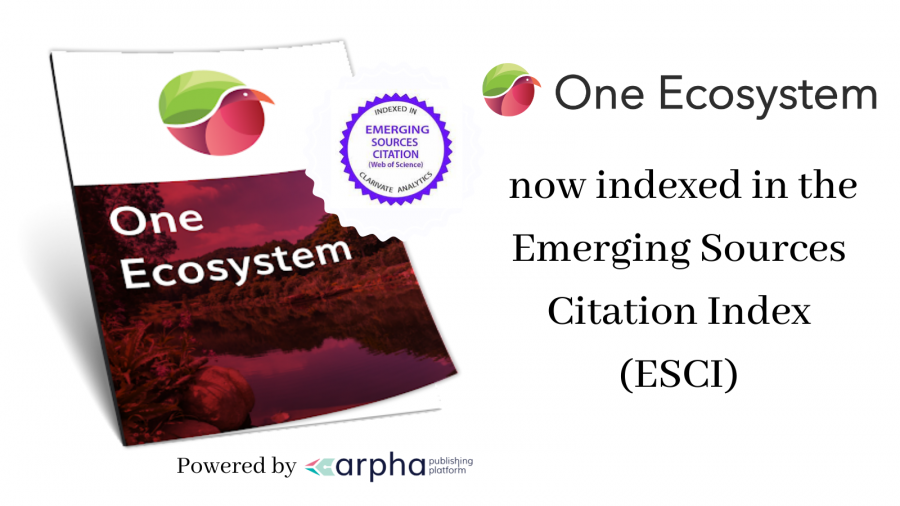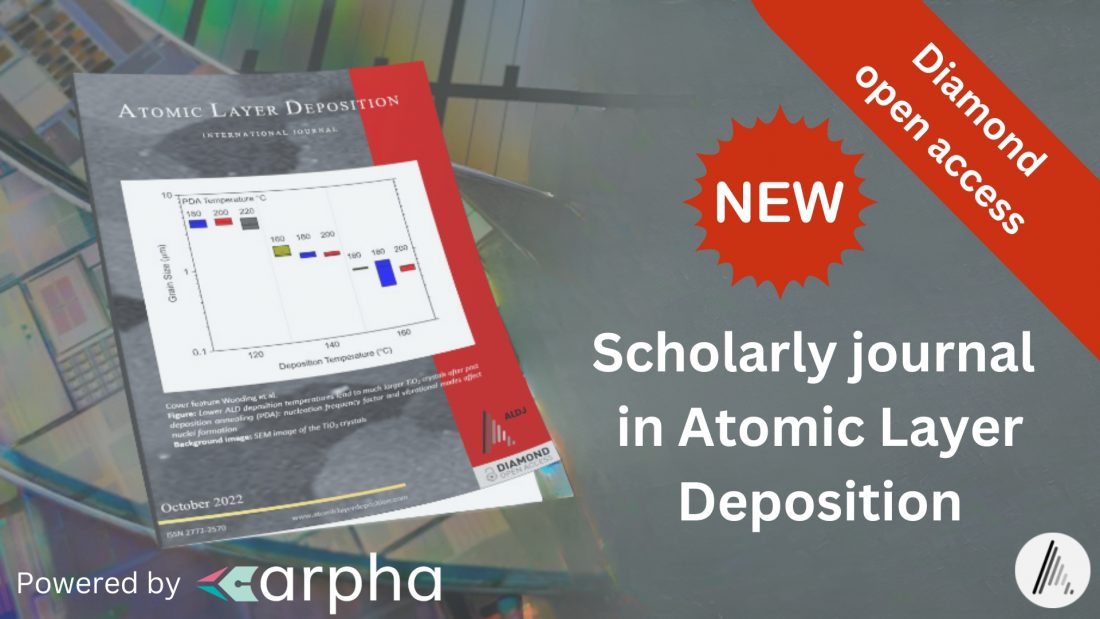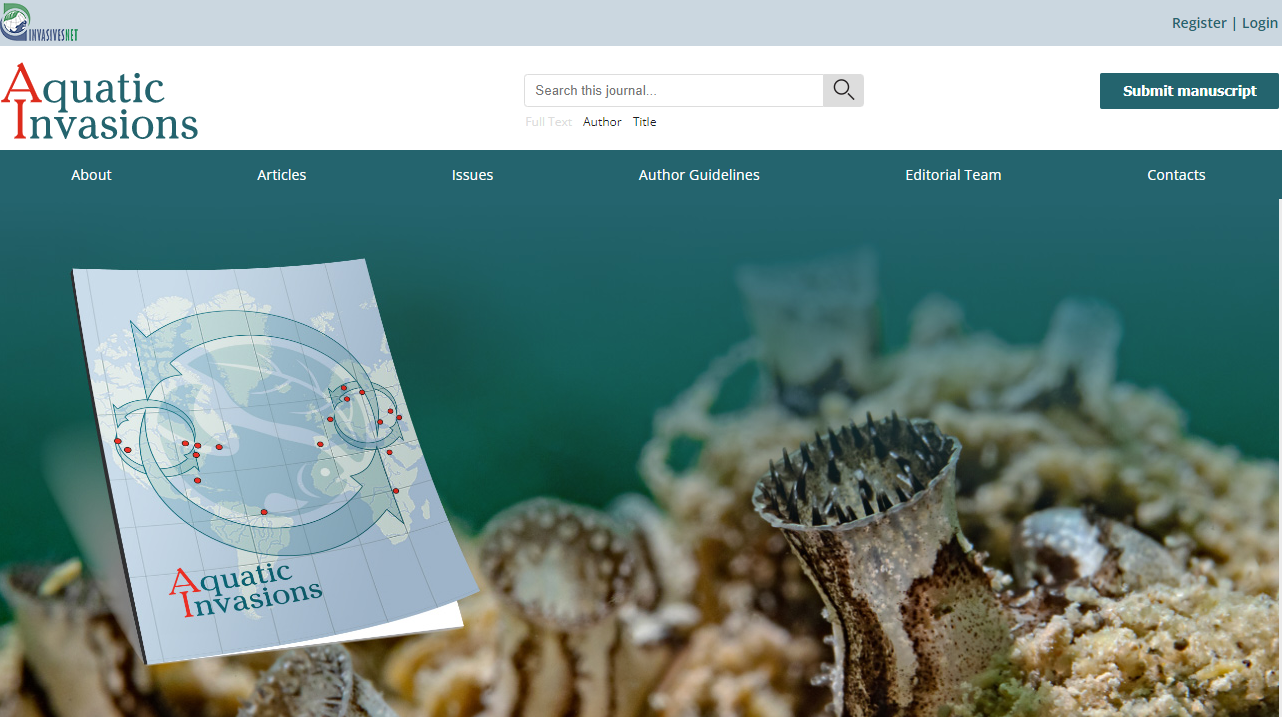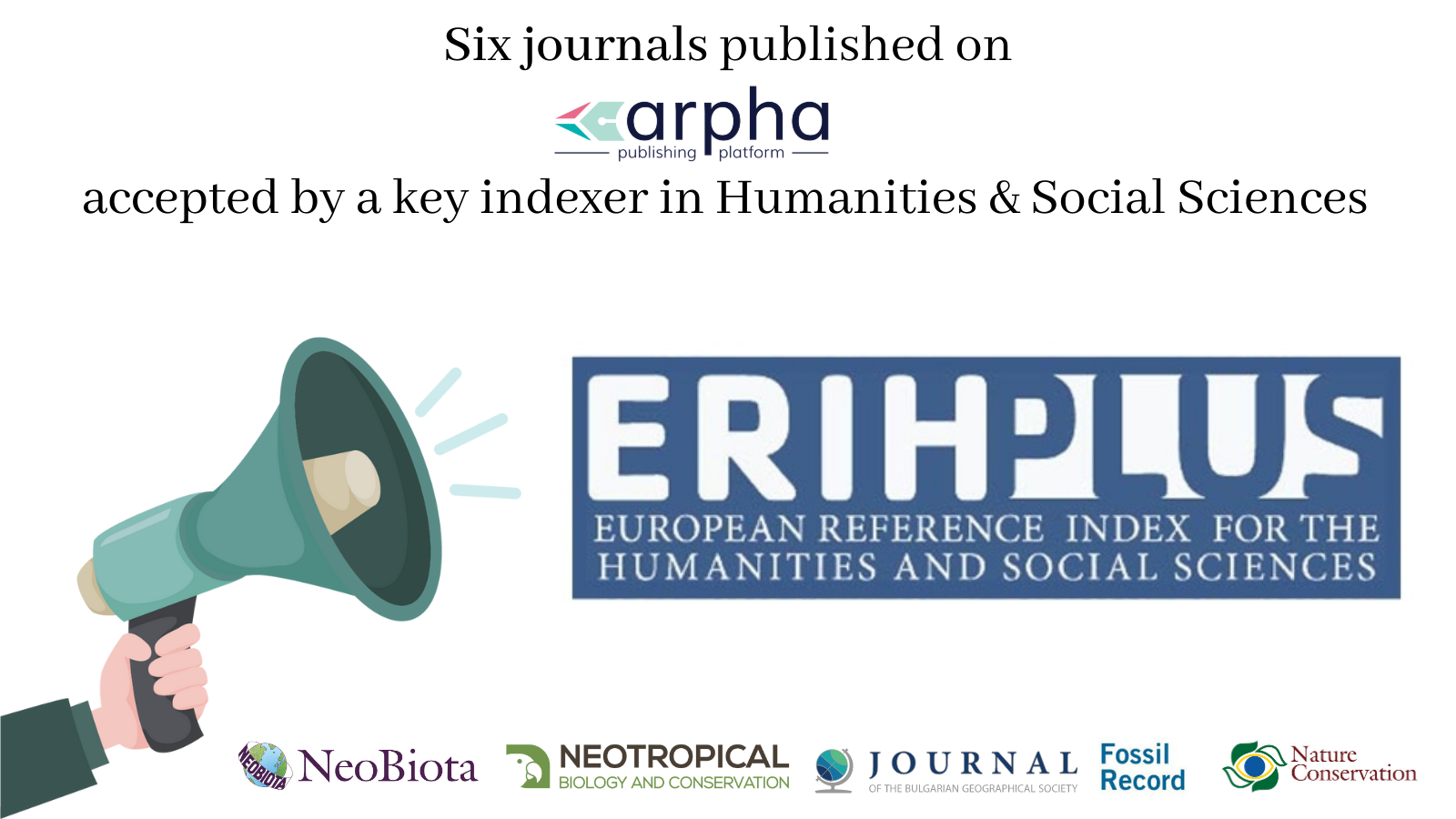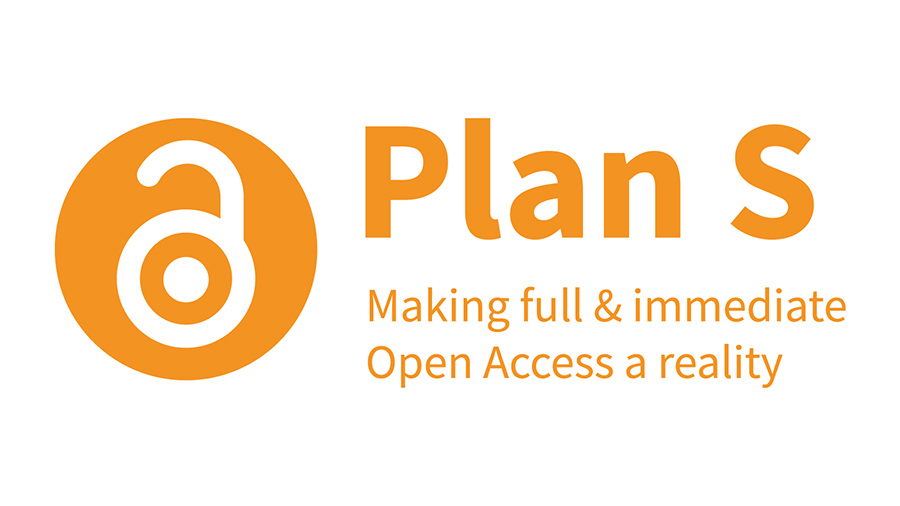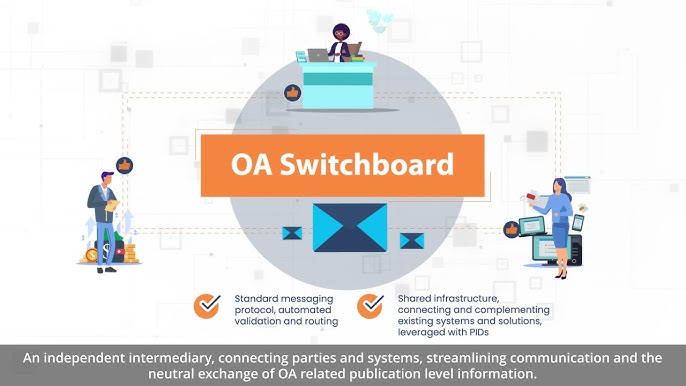Following rigorous evaluation at Scopus – one of the world’s most comprehensive literature and citation databases – the official journal of the Bulgarian Society of Cardiology has been accepted, reports ARPHA Platform’s Indexing team.
Amongst the criteria Bulgarian Cardiology has successfully covered in order to prove as a journal that makes a significant and valuable contribution to the scientific community, are immaculate peer review and editorial processes, a good and consistent yearly publication volume, high-quality and user-friendly website and infrastructure, well-pronounced internationality and inclusivity, and considerable readership and citation rates.
The news means that all content published in Bulgarian Cardiology since 2019 will soon be discoverable and accessible from the worldwide popular corpus of scientific publications.
Further, these papers and their citations by authors in other Scopus-indexed journals will be mapped and counted, in order to calculate the journal’s Scopus CiteScore. According to Scopus, Bulgarian Cardiology will be benchmarked against 367 journals in the Cardiology category (data from SCIMAGO, retrieved in June 2023).
Traditionally, the yearly updated journal metric is released in June. To come up with the CiteScore, Scopus counts the citations of five peer-reviewed publication types (i.e. research / review / conference / data papers and book chapters) received in the last four complete years, before dividing the number by the same document types published during this period.

Additionally, Bulgarian Cardiology will be making use of another quite unique metric by Scopus: the CiteScoreTracker. It uses the same formula as in the CiteScore to calculate the current publication/citation performance of a journal based on the data available by the beginning of each month. So, a journal receives a new Scopus CiteScoreTracker value each month, which serves as a preliminary forecast for the next Scopus CiteScore.
***
The Bulgarian Cardiology journal was launched in 1995 as the official scholarly outlet for the Bulgarian Society of Cardiology. Ever since, it has been serving as a forum to bring together the cardiology community within the country and beyond.
In 2020, Bulgarian Cardiology signed with Pensoft to move its journal to the scientific publisher’s ARPHA Platform, in order to modernise the academic outlet and provide its authors, readers and editors with a user-friendly environment where they can submit, revise, publish and permanently archive their work.
Back then, the Bulgarian Cardiology became the first ARPHA-powered journal to make use of the platform’s top-to-bottom bilingual publishing solution, which included a bilingual website and the option for authors to publish their work either in Bulgarian and English, or in English-only.
Further, the Society took advantage of many human-provided services, including assistance in journal indexing. Additionally, the ARPHA website development team led the major revamp of the Bulgarian Society of Cardiology with the intention to align it with the new journal website.
________
For news from & about ARPHA and the journals using the platform, you can follow us on Twitter and Linkedin.

